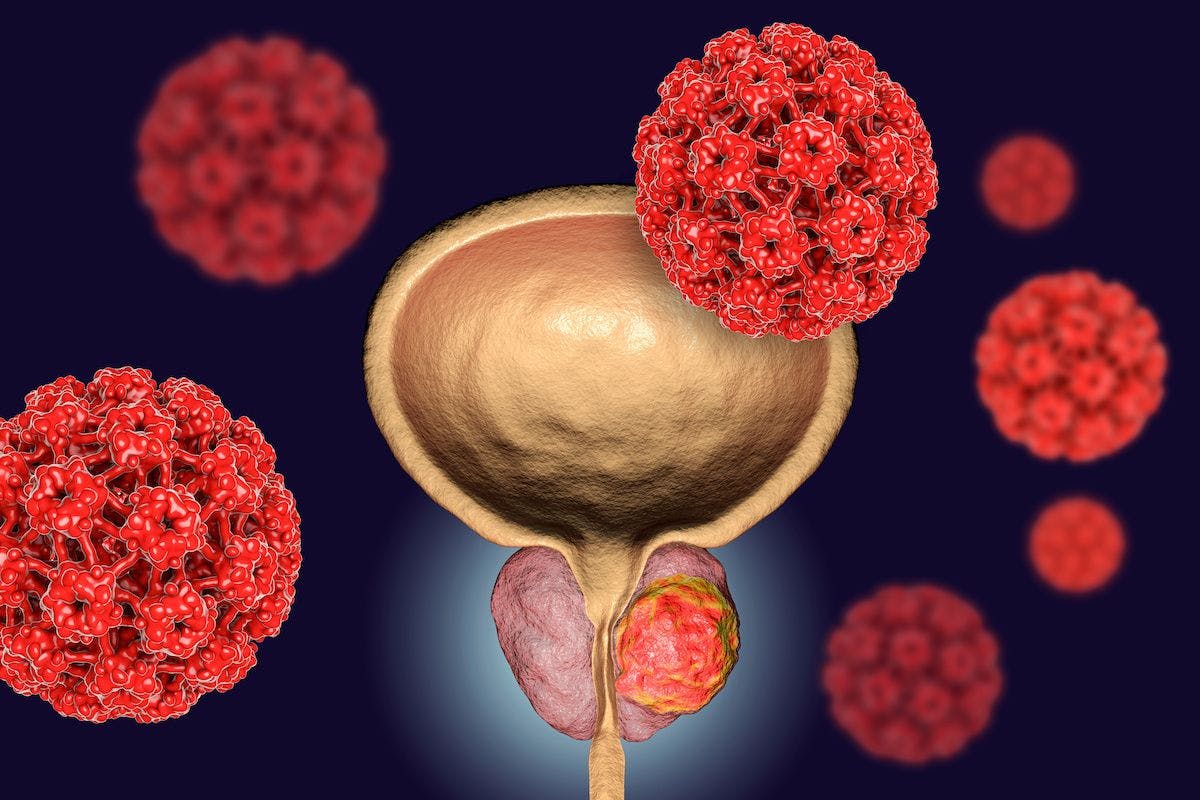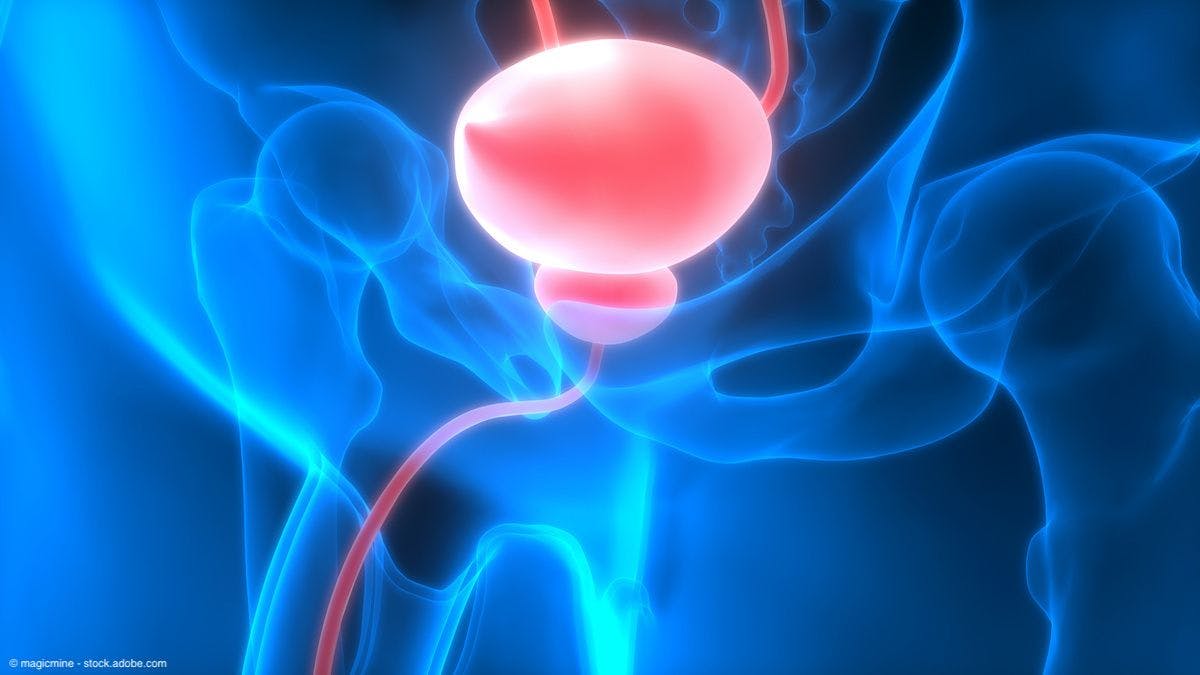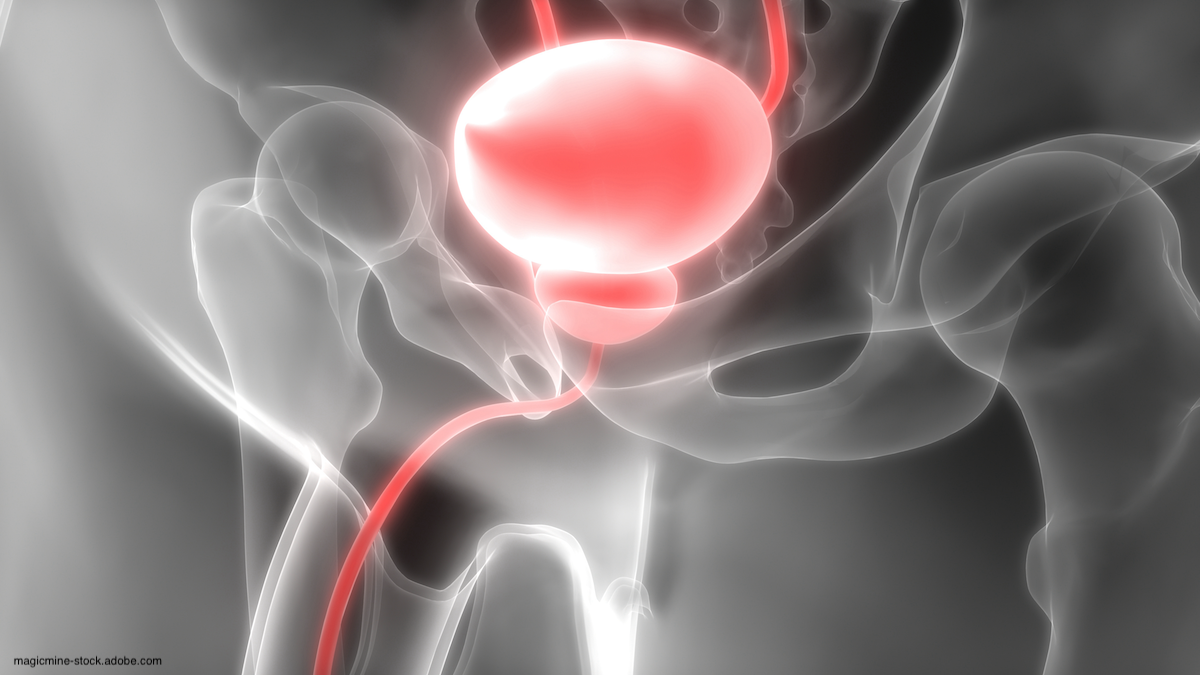Opinion
Article
Urology Times Journal
How to code for removal of a bladder calculus via a Mitrofanoff
Author(s):
"Per CPT coding instructions, when procedures or services performed by physicians do not have a valid or descriptive CPT or Healthcare Common Procedure Coding System (HCPCS) code, the service should be reported using an unlisted code," write Jonathan Rubenstein, MD, and Mark Painter.
What is the correct Current Procedural Terminology (CPT) code for the removal of a bladder calculus via a Mitrofanoff? Would this be an unlisted 53899?
Jonathan Rubenstein, MD

We have discussed the use of unlisted codes in a previous column, in which we wrote that unlisted codes are important to understand for correct reporting of certain services.1 Per CPT coding instructions, when procedures or services performed by physicians do not have a valid or descriptive CPT or Healthcare Common Procedure Coding System (HCPCS) code, the service should be reported using an unlisted code. The unlisted code selected must be from the appropriate anatomic section of codes. In that issue, we also described some of the challenges with using unlisted codes, including challenges with documentation and payment. Therefore, we recommend using unlisted codes judiciously and as needed.
When faced with stones in the bladder, there are currently CPT codes that can be used to report stone removal procedures:
• 52310 (Cystourethroscopy with removal of foreign body, calculus, or ureteral stent from urethra or bladder [separate procedure]; simple)
• 52315 (Complicated)
• 52317 (Litholapaxy: crushing or fragmentation of calculus by any means in bladder and removal of fragments; simple or small [less than 2.5 cm])
• 52318 (Complicated or large [over 2.5 cm])
Mark Painter

In cases of stone removal, one would report 52310 for cystoscopic stone removal (without lithotripsy if simple and 52315 if complicated). When looking at the description of work, a simple removal can include reintroduction of the cystoscope multiple times until all stents, stones, or foreign bodies are removed. The complicated procedure is described as the removal of an encrusted stent, for which twisting and/or torqueing movements are needed to try and dislodge some of the encrusted material from the stent, or needing to irrigate the bladder until all the stone material has been removed. If the stone needs to be broken mechanically for removal, one would report 52317 or 52318 based on the stone size.
This brings us to the question: What would be appropriate reporting for stone removal through a Mitrofanoff (appendicovesicostomy) channel rather than accessing the bladder through the patient’s native ureter? This answer is implied by the coding instructions in the CPT section, Endoscopy—Cystoscopy, Urethroscopy, Cystourethroscopy, which states the following:
“Because cutaneous urinary diversions utilizing ileum or colon serve as functional replacements of a native bladder, endoscopy of such bowel segments, as well as performance of secondary procedures, can be captured by using the cystourethroscopy codes. For example, endoscopy of an ileal loop with removal of ureteral calculus would be coded as cystourethroscopy [including ureteral catheterization]; with removal of ureteral calculus [52320].”
Therefore, it would be most appropriate to report CPT codes 52310, 52315, 52317, or 52318 based on the work performed.
REFERENCE
1. Rubenstein J, Painter M. What to know about billing for unlisted codes. Urology Times.July 8, 2022. Accessed March 14, 2024. https://tinyurl.com/37wbsj3d
Send coding and reimbursement questions to Jonathan Rubenstein, MD, and Mark Painter c/o Urology Times®, at UTeditors@mjhlifesciences.com.
Questions of general interest will be chosen for publication. The information in this column is designed to be authoritative, and every effort has been made to ensure its accuracy at the time it was written. However, readers are encouraged to check with their individual carrier or private payers for updates and to confirm that this information conforms to their specific rules.

Newsletter
Stay current with the latest urology news and practice-changing insights — sign up now for the essential updates every urologist needs.
































